Imagine trying to picture 19 inches in your mind. It’s not as simple as it sounds. Most people struggle with visualizing measurements. They know what an inch looks like. But 19 inches? That’s harder to imagine.
Here’s the good news. You don’t need to guess anymore. This guide uses objects you already know. These are things sitting in your home right now. We’ll compare 19 inches (in) to familiar items. Playing cards, pencils, even your smartphone.
Think of this as your visual measuring toolkit. No rulers required. No complicated math needed. Just simple, everyday comparisons. By the time you finish reading, you’ll instantly recognize 19 inches. You’ll spot it anywhere.
How Long is 19 Inches?
19 inches equals 1 foot and 7 inches. In metric terms, that’s about 48.26 centimeters. It’s roughly half a meter. Picture the distance from your elbow to your fingertips. That’s close to 19 inches for most adults.
This measurement sits between small and medium objects. It’s longer than a standard ruler. It’s shorter than a yardstick. You’ll find 19 inches in many household items. This makes it a practical length to understand.
The measurement appears in construction. It’s used in crafting. It’s found in everyday tasks. Kitchen counters use this dimension. Laptop screens do too. Various appliances often measure 19 inches. Learning to visualize 19 inches helps with shopping. It helps with home projects. It improves general spatial awareness.
Think of 19 inches as slightly less than two feet. It’s the perfect size for many tabletop items. It works for small furniture pieces. This length bridges the gap between handheld objects and larger household items.
Common Objects That Are 19 Inches
Now let’s explore real objects that measure exactly 19 inches. These items are probably in your house right now.
14 Common Things That Are 19 Inches Long
1. Five and a Half Standard Playing Cards
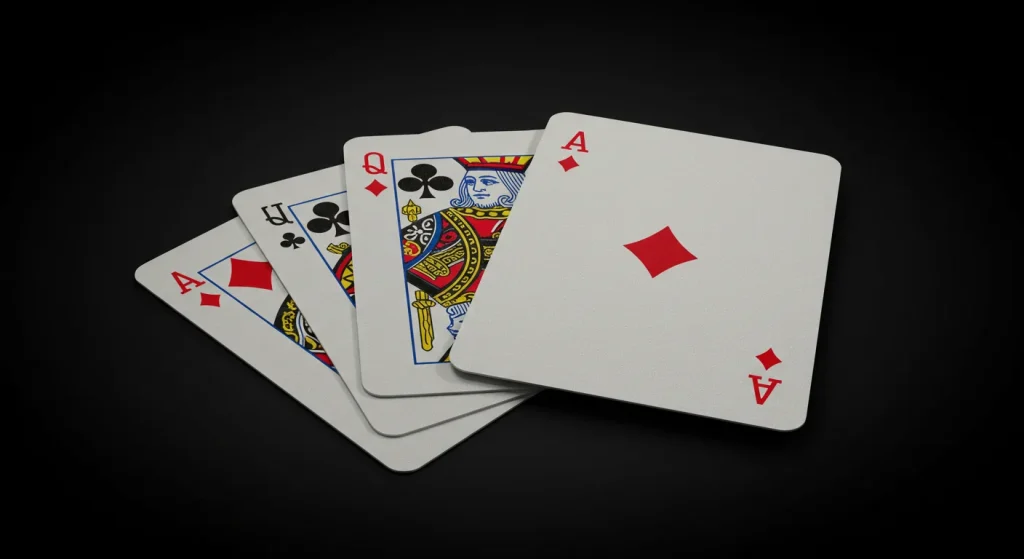
A standard playing card measures 3.5 inches in length. Line up five cards end to end. You’ll get 17.5 inches. Add half of another card. You reach exactly 19 inches.
Playing cards make excellent measuring tools. They’re uniform in size. Most households have at least one deck lying around. The cards are sturdy enough to lay flat. They create a straight line for measuring.
This comparison works perfectly for visualizing 19 inches on a table. It works on any flat surface. The cards’ familiar size makes the measurement feel concrete. It makes it relatable.
2. Two and a Half Standard Pencils
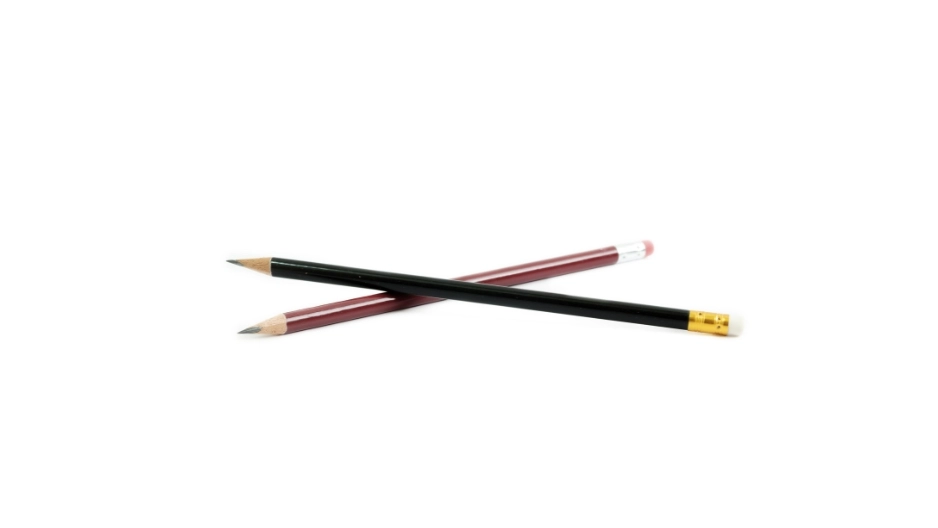
Standard wooden pencils are typically 7.5 inches long when new. Place two pencils end to end. That’s 15 inches. Add half of a third pencil. You’ve got 19 inches total.
Pencils are classroom staples. Everyone recognizes them. Their consistent length makes them reliable measuring references. Most people can easily picture a pencil’s size in their mind.
The yellow No. 2 pencils are found in schools and offices. They maintain this standard length. Even mechanical pencils often match this size. This makes the comparison widely applicable.
3. Twenty US Quarters
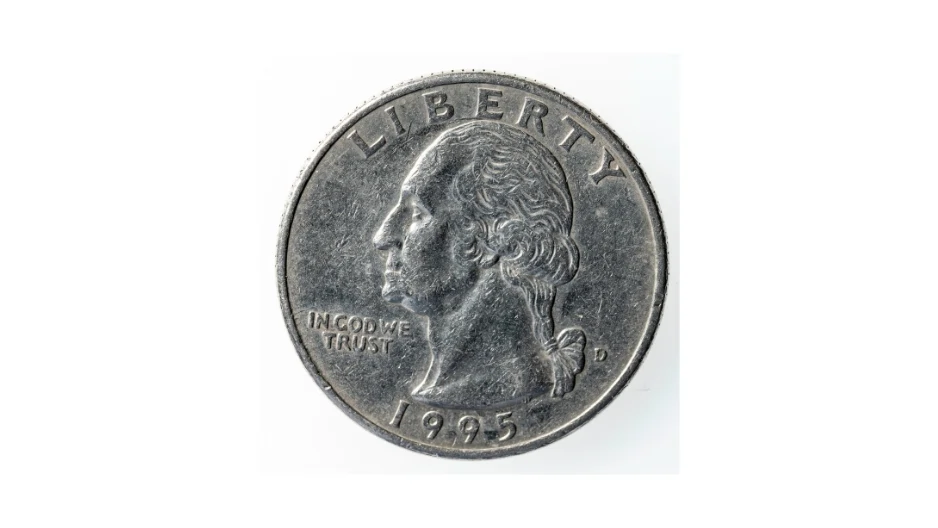
A US quarter has a diameter of about 0.955 inches. Line up 20 quarters in a straight row. They stretch almost exactly 19 inches from end to end.
Quarters are perfect for measuring. They’re identical in size. Their circular shape creates small gaps between coins. But the measurement remains accurate. Most people carry quarters in their pockets or purse.
This method works great for measuring curved surfaces. It works for flexible surfaces too. The coins can bend slightly to follow contours. They maintain the overall 19-inch length.
4. Four 12-ounce Beverage Cans

Standard 12-ounce soda cans measure about 4.75 inches in height. Beer cans do too. Stack four cans on top of each other. You’ll reach exactly 19 inches tall.
Beverage cans are incredibly common household items. Their uniform manufacturing ensures consistent measurements. This works across different brands. The sturdy aluminum construction makes them excellent measuring tools. They’re temporary but effective.
This vertical comparison helps visualize 19 inches in height. It’s not just length. Think of a tower of four soda cans. Picture this measurement going upward.
5. Nine Pool Balls
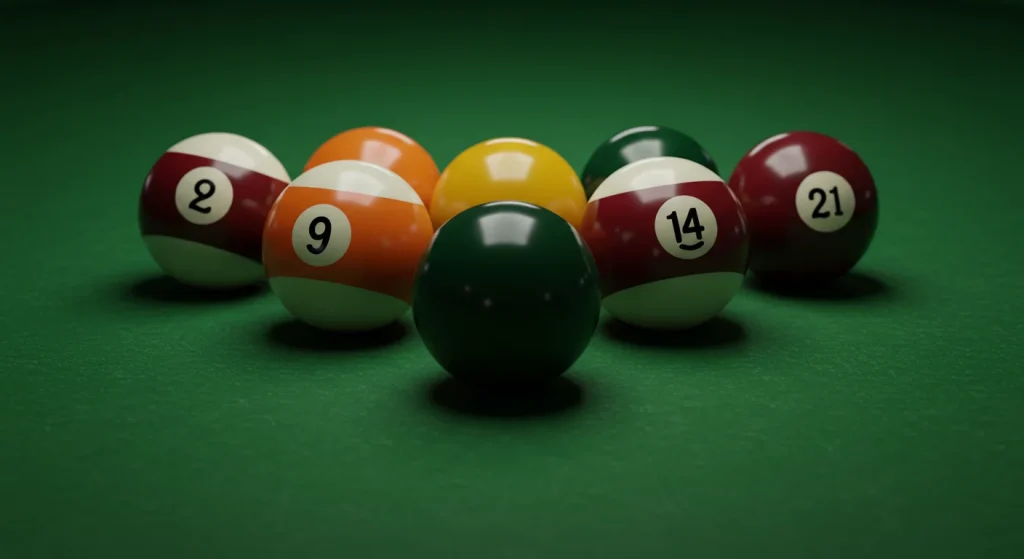
Regulation pool balls have a diameter of 2.25 inches. Line up nine balls in a straight row. They’ll span approximately 19 inches. This measures from the first ball’s edge to the last ball’s edge.
Pool balls are perfectly round. They’re identically sized. Their weight and shape make them roll into neat lines. The lines are straight. Many recreation centers have pool tables. Bars do too. Many homes have these standard balls.
The colorful balls create an engaging visual. It’s easy to remember. Their substantial size makes the measurement feel tangible. This works better than smaller objects.
6. Nineteen Glass Bottle Caps
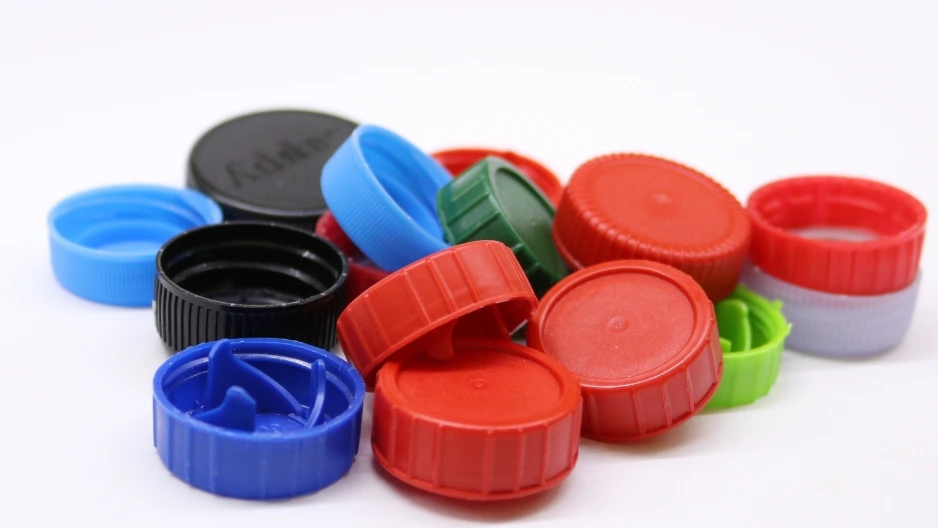
Standard glass bottle caps measure about 1 inch in diameter. Place 19 caps in a row. Place them edge to edge. You’ll create a line that measures exactly 19 inches long.
Bottle caps are uniform across most beverage companies. Their flat, circular shape allows them to lie flush. They sit against each other perfectly. Many households collect these caps. They come from various drinks over time.
This comparison uses the most direct relationship. It’s 19 objects for 19 inches. The one-to-one ratio makes the measurement incredibly easy to visualize. It’s easy to remember.
7. Eight Tennis Balls

A regulation tennis ball has a diameter of approximately 2.375 inches. Place eight tennis balls in a straight line. Make sure they’re touching each other. They span very close to 19 inches.
Tennis balls are widely recognized sports equipment. Their bright yellow-green color makes them memorable. Their fuzzy texture does too. They make good reference objects. The balls maintain consistent size. This is true across all professional manufacturers.
Sports equipment often provides reliable measurements. This is because of strict regulations. Tennis balls work well for this comparison. They’re neither too large nor too small. This makes them easy to visualize.
8. A Quarter Length of Queen-size Mattress
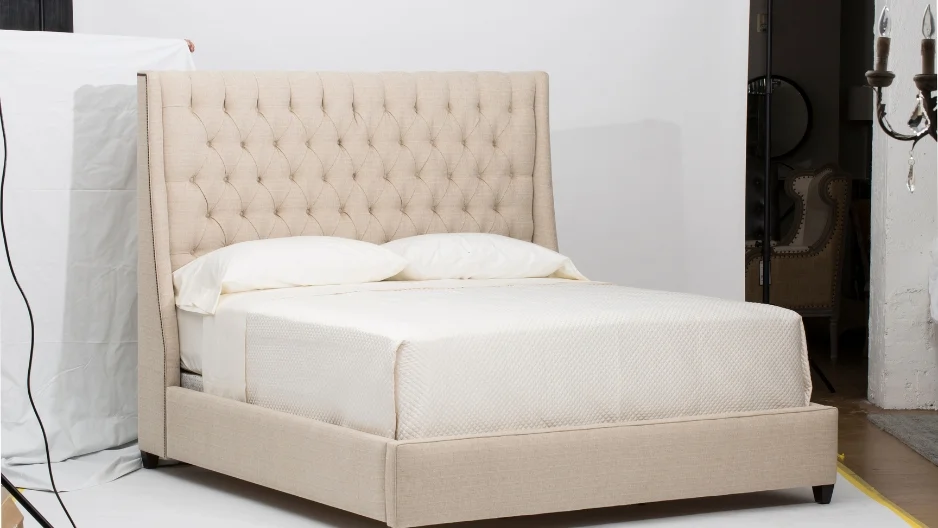
Queen-size mattresses measure 80 inches in length. One-quarter of this length equals exactly 20 inches. This makes it very close to our target of 19 inches.
Mattresses are among the largest household items. People interact with them daily. Most adults can easily visualize a bed’s proportions. The queen size is extremely popular. It’s found in bedrooms across America.
This comparison helps with larger-scale visualization. You don’t think about small objects. You can picture a section of something substantial. It’s familiar too.
9. Five and a Half Crayons
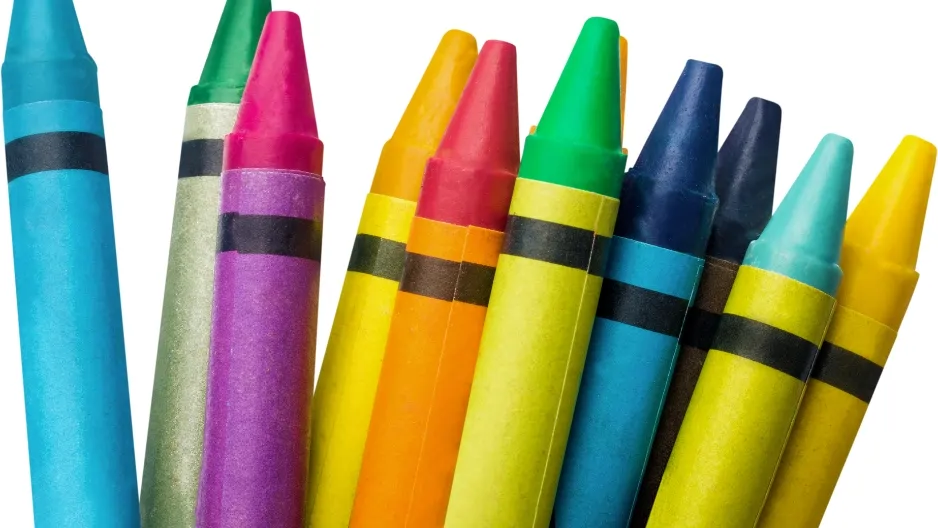
Standard crayons measure about 3.5 inches in length when new. Line up five crayons end to end. That’s 17.5 inches. Add half of another crayon. You reach 19 inches total.
Crayons are childhood staples. They’re found in most homes with children. Their waxy composition makes them instantly recognizable. Their bright colors do too. The size remains consistent across major crayon manufacturers.
This comparison appeals to parents. It appeals to anyone who remembers using crayons in school. The familiar objects help bridge the gap. They connect abstract measurements and concrete understanding.
10. The Width of a Standard Microwave Oven
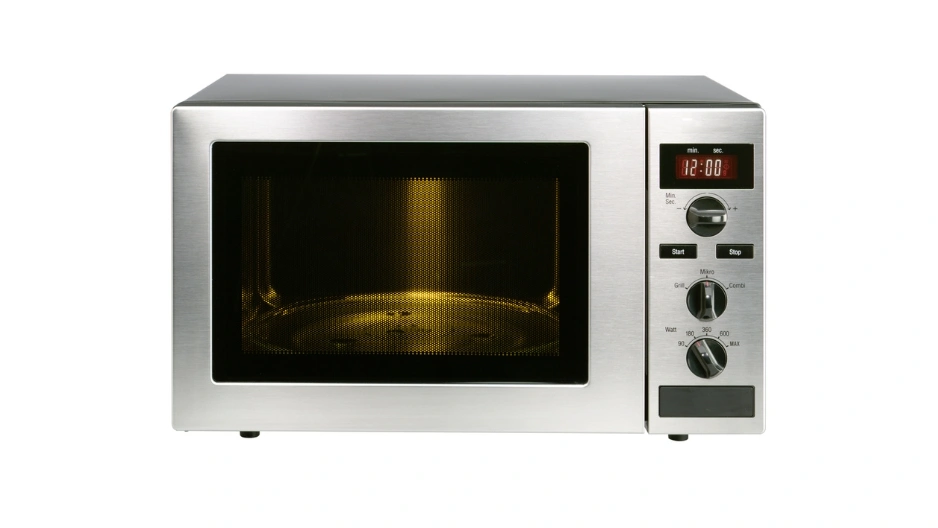
Most countertop microwave ovens measure between 18 inches and 20 inches in width. The average falls right around 19 inches. This makes it an excellent real-world reference.
Microwaves are essential kitchen appliances. They’re in most modern homes. Their rectangular shape makes them easy to visualize. Their prominent position on counters helps too. The measurement represents the external width of the unit.
This comparison connects 19 inches to a fixed appliance. You see it daily. Unlike moveable objects, the microwave provides a stationary reference point. It’s right in your kitchen.
11. Two Sheets of Legal Paper Side by Side
Legal-size paper measures 8.5 inches wide and 14 inches long. Place two sheets side by side along their width. You get exactly 17 inches. Add a small margin. You’re at 19 inches.
Legal paper is common in offices. It’s found in law firms and government buildings. The slightly longer format distinguishes it from standard letter-size paper. Most office supply stores carry legal-size paper regularly.
Paper provides a flat, flexible measuring tool. It’s easy to manipulate. You can fold sheets. You can arrange them to approximate various measurements. Use them around your home or office.
12. The Length of a Laptop Computer

Most laptop computers measure between 12 and 15 inches diagonally for screen size. However, the actual length of the closed laptop typically ranges from 18 to 20 inches. Many fall right at 19 inches.
Laptops are ubiquitous in modern life. Students use them. Professionals do too. Casual users interact with these devices daily. The closed laptop provides a rectangular reference. It’s easy to visualize.
This comparison works particularly well for tech-savvy individuals. The laptop’s familiar proportions help translate measurements. They turn digital measurements into physical understanding.
13. Six Smartphone Screens

Modern smartphones typically measure about 3 inches to 3.2 inches in width. Line up six phones side by side across their width. You’ll get approximately 18 to 19 inches total.
Smartphones are perhaps the most universally owned objects today. People handle their phones countless times daily. This makes the size deeply familiar. The rectangular shape provides clear edges for measurement.
This comparison bridges the gap between digital and physical measurements. Most people know their phone’s dimensions. They learn this from shopping for cases. They learn it from buying screen protectors.
14. The Height of a Kitchen Counter
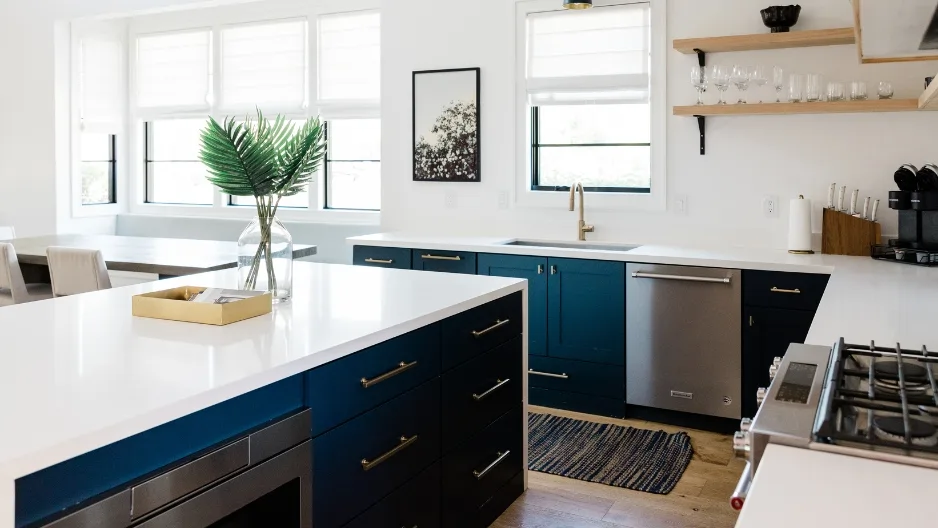
Standard kitchen counters measure between 34 and 36 inches in height. This is taller than 19 inches. But the depth of most counters runs between 18 and 20 inches. 19 inches is quite common.
Kitchen counters are fundamental features in every home. People interact with counter surfaces daily. They use them while cooking. They use them while eating and preparing food. The horizontal surface provides a stable reference for measurement.
This comparison helps visualize 19 inches as a working surface depth. You can imagine reaching across a counter. This helps you understand this distance in practical terms.
Conclusion
These 14 visual references transform the abstract concept of 19 inches. They turn it into concrete, relatable measurements. From playing cards to kitchen counters, everyday objects provide reliable measuring tools.
Understanding 19 inches becomes much easier. You just need to connect it to familiar items. Whether you’re shopping for furniture, planning a craft project, or estimating space, these comparisons offer practical guidance.
The key is finding the reference that resonates most with your daily experience. Some people prefer small objects. They like coins or pencils. Others relate better to appliances or furniture dimensions.
Practice visualizing these measurements in different contexts. The more you connect 19 inches to real objects, the more intuitive the measurement becomes. Soon, you’ll estimate this length accurately. You won’t need any measuring tools.
Remember that slight variations exist in manufactured goods. But these references provide excellent approximations. Use them as starting points. They help you understand spatial relationships. They help with measurements in your everyday life.